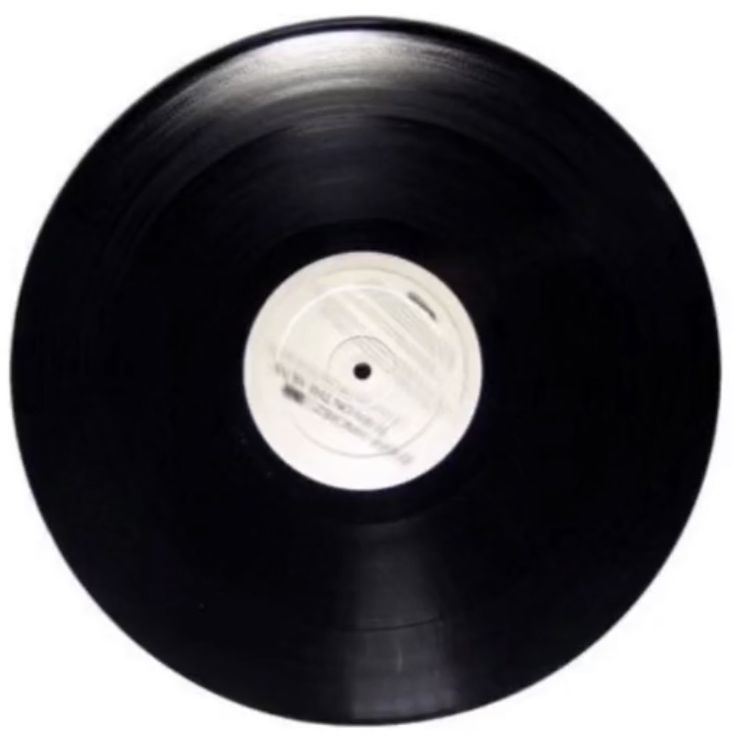Biology - Plant and Animal cells
Cards (16)
- What forms a boundary between the cytoplasm and the outside of the cell?
- What is the function of the cell membrane?
- What is the cytoplasm composed of?
- Where do chemical/metabolic reactions occur in the cell?
- What is the primary function of the nucleus?
- What is the role of the cell wall?
- What do ribosomes produce?
- How do proteins produced by ribosomes affect chemical reactions?
- What do chloroplasts contain that allows them to absorb light energy?
- What is the function of vacuoles in plant cells?
- What is the primary function of mitochondria?
- What are the main differences between animal and plant cells based on their organelles?
- Which organelle is present in plant cells but not in animal cells?
- Which organelle is responsible for respiration in the cell?
- What is stored in the vacuole of a plant cell?
- How do chloroplasts contribute to the function of plant cells?
